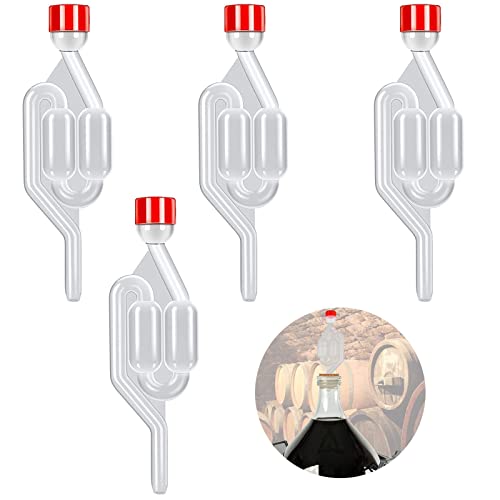Fermenting Ale yeasts prefer a steady temperature to do their job properly, usually in the range 18-21*C. This method describes setting up a simple, cheap and effective water bath in which to place your FV, which can be used in the colder months of the year to give a consistent temperature for your brew.
However if your FV has a bottom tap it is not recommended.
WHAT'S NEEDED
-
A Laundry or Builders Trug (typically from Wilko like this for about £4)
View attachment 6887
BUT before you buy, measure your FV and make sure it will fit inside the trug with about 50mm gap around as a minimum. Note that if you have the Youngs FV it fits inside the Wilko trug.
-
An Aquarium Heater like this (typically off ebay for about £7 upwards).
View attachment 6889
A
50 watt heater should cover most needs. However if you are intending to use the bath in an unheated building which gets extremely cold you might consider a bigger wattage heater. Note bigger heaters are longer and will require more water in your bath to cover them.
Suggest you check dimensions before you proceed
-
A Thermometer
- Optional; a roll of bubble wrap and some old towels or a blanket
SETTING UP
You will need to set up your water bath before you use it for a brew to achieve the desired temperature in the bath. This will be done with water, when the room temperature is below about 17*C, so that the heater will work. Be aware that the heaters are not on 24/7 they are thermostatically controlled. Note the thermostatic controller on the heaters are not very accurate so don't rely on the indicated temperature setting.
Suggested temperature for set up and for brewing is 19*C.
Optional - To insulate the outside of the trub, tape bubble wrap around the outside
1. Using the suction pads, fix the aquarium heater to the inside of the trug. Fit the heater in the vertical position, and try to get it positioned to give a 20mm gap or so between the bottom of the heater and the bottom of the trug. Initially set up the heater control to about 19*C
2. Put about 10 litres of water at about 19*C into the trug.
3. Fill your FV with 23 litres of water at about 19*C, and carefully lower into the trug.
4. Switch on the heater. Note that some designs of heater have small light down the side which is on when the heater is heating.
5. Check the temperature in the bath again using your thermometer.
6. Cover the whole with an old blanket or similar.
7. Leave it for an hour or two and check the temperature. Adjust the thermostat in very small changes at a time to get about 19*C in the bath. This may take a few hours, less if you are lucky with your settings. Note there will be a small temperature variation around the bath.
8. When the bath is finally 19*C you have finished. The heater can be switched off.
9. Before dismantling, with insulating tape or similar, it is useful to mark where the suction pad positions are, and the water levels in the bath, both with and without the FV inside. This will help set up next time.
USING WITH A BREW
1. Set up water bath with trug and heater as before, and fill with about 10 litres of water at about 19*C.
2. Lower FV inside and switch on heater.
3. Cover whole with blankets or towels to insulate, and then leave it.
4. That's it, job done.
TIPS
- Occasional checking of the water bath temperature may be needed when in use. Rarely fine tuning up or down is needed with different room temperatures.
- Put a splash of bleach in the water bath.This inhibits biological growth which can sometimes form.
- If you need to remove the FV from the water bath for any reason, turn the heater OFF before removing the FV. And don't don't forget to turn it ON again after the FV is returned to the water bath.
- Depending on the conditions you may lose a small amount of water from the bath due to evaparation. A small top up may be needed, so keep an eye on the water bath water level.
- The heater is obviously water tight. However be sure to place the heater electrical plug where it cannot accidently fall into the water bath. Water and electricity don't mix!
Finally
Here's one I made earlier (!), and in use with the covering towel pulled back a little. Not much to look at but effective
View attachment 6890




![BREWING THERMOMETER STICKERS ACCURATELY MONITOR FERMENTING BEER & WINE LIQUID TEMPERATURES 5PCS HOME BREW SPIRITS WINE LCD ADHESIVE [US]](https://m.media-amazon.com/images/I/311DDjo2X3L._SL500_.jpg)



































